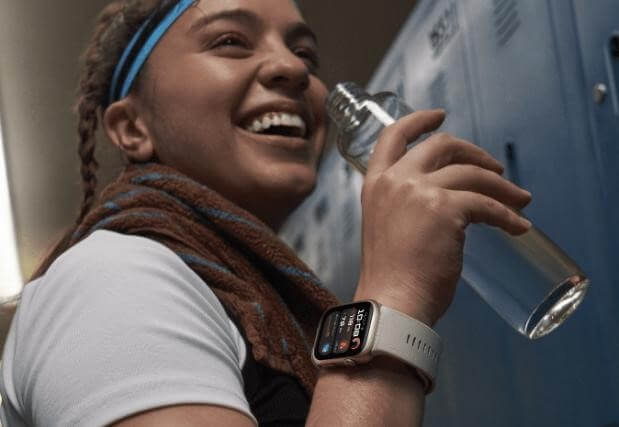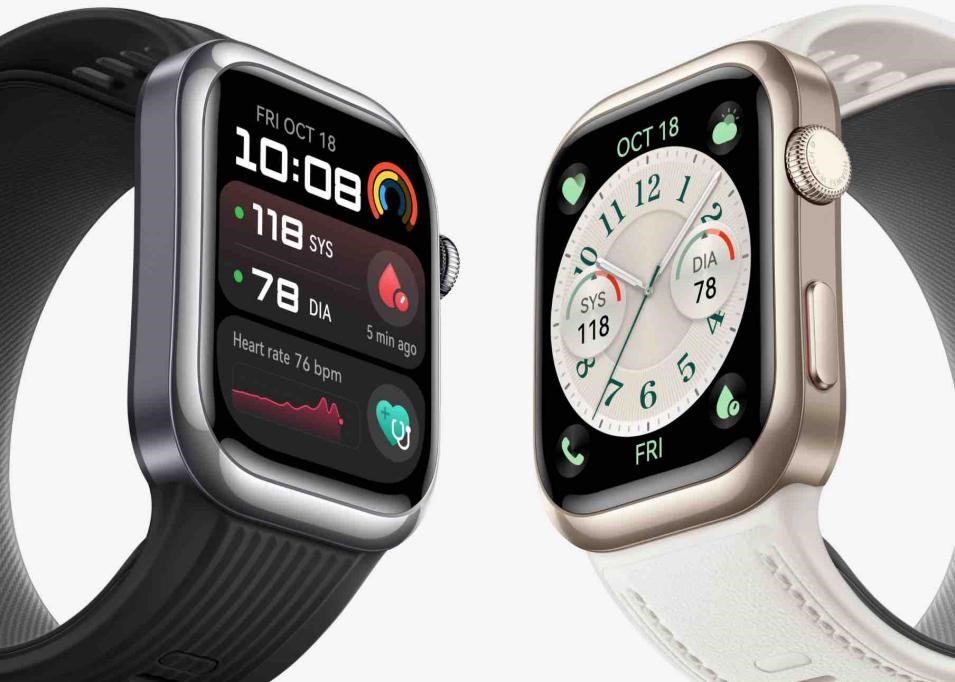How Smartwatches Are Empowering Users to Take Control of Their Health

Technology has revolutionized the way individuals monitor and manage their health. Among the most transformative innovations, smartwatches have emerged as indispensable tools for proactive health management. These devices provide an unprecedented level of insight into everyday health, enabling users to monitor vital signs, set fitness goals, and stay informed about their well-being in real time.For everyday individuals—whether fitness enthusiasts, people managing chronic conditions, or those simply aiming to stay healthy—smartwatches have become essential for achieving and maintaining wellness goals.
Real-Time Health Monitoring: Staying Informed Every Second
Continuous Tracking of Vital Metrics (Heart Rate, SpO2, etc.)
Continuous health monitoring is one of the most significant features of smartwatches. Devices like the Huawei Watch D2 exemplify how these tools have advanced in sophistication. By continuously tracking vital metrics such as heart rate and blood oxygen saturation (SpO2), smartwatches serve as ever-present companions for health monitoring. Notably, the Huawei Watch D2 offers dynamic blood pressure measurement, allowing users to monitor their blood pressure throughout the day, even while sleeping. This feature provides invaluable insights into daily, nighttime, and 24-hour average systolic and diastolic readings. For individuals concerned about blood pressure fluctuations, this level of tracking enables early detection of potential issues and helps them make necessary adjustments to their routines or consult healthcare professionals.

Instant Alerts for Abnormal Readings
Smartwatches are also designed to act as proactive health guardians. They provide instant alerts whenever abnormal readings are detected, such as a sudden spike in heart rate or a significant drop in SpO2 levels. These notifications prompt users to take immediate action, whether it’s resting, hydrating, or seeking medical attention. For individuals managing chronic conditions or engaging in high-intensity physical activities, these alerts can be lifesaving. They not only promote timely intervention but also provide users with a sense of security, knowing that their smartwatch is always vigilant.
Encouraging Active Lifestyles Through Data Insights
Setting and Achieving Fitness Goals
One of the most appealing aspects of smartwatches is their ability to encourage healthier habits through fitness tracking. Users can set personalized goals, such as steps taken, calories burned, or minutes of activity, and track their progress throughout the day. Smartwatches offer detailed feedback on performance, helping users identify areas for improvement. For example, if a user sets a goal of walking 10,000 steps daily, the smartwatch not only tracks progress but also provides insights into patterns and trends over time. This makes fitness a more structured and achievable endeavor for everyone, from beginners to seasoned athletes.
Gamification and Challenges for Motivation
Gamification is another way smartwatches motivate users to stay active. Many devices incorporate features like activity streaks, badges, and social challenges that make health management more engaging. Competing with friends or participating in challenges adds an element of fun and accountability, encouraging users to stay consistent in their efforts. These gamified elements transform fitness from a routine activity into a rewarding experience, fostering a sense of accomplishment and community among users.
Bridging the Gap Between Users and Healthcare Providers
Seamless Sharing of Health Data with Physicians
Smartwatches have transformed the way users share health information with their healthcare providers. By syncing data to apps or cloud platforms, users can generate comprehensive reports that detail metrics such as heart rate variability, activity levels, and blood pressure over time. For example, the Huawei Watch D2 offers weekly blood pressure reports, providing insights into health trends that physicians can use for more accurate diagnoses. These reports are particularly valuable for users managing chronic conditions like hypertension, as they provide a clear picture of fluctuations and responses to lifestyle changes or medication. This seamless sharing of data enhances communication between patients and physicians, enabling more personalized and effective care.
Enhancing Telemedicine and Remote Monitoring
The rise of telemedicine has been further bolstered by the integration of smartwatch data. These devices enable real-time remote monitoring, allowing healthcare providers to track vital metrics without requiring in-person visits. Devices like the Huawei Watch D2 play a critical role in this ecosystem. With advanced capabilities for continuous tracking, they ensure that users remain connected to their healthcare providers even from a distance. This is particularly beneficial for individuals in remote areas or those with mobility challenges, bridging gaps in care and ensuring that health concerns are addressed promptly. By enabling remote consultations and continuous monitoring, smartwatches are helping redefine the doctor-patient relationship, making healthcare more accessible and efficient.
Personalized Health Guidance for Better Decision-Making
Smartwatches do more than collect data; they analyze it to provide personalized health guidance. By identifying trends in metrics like heart rate, sleep quality, and stress levels, these devices offer actionable insights tailored to each user’s needs. For instance, if irregular sleep patterns or elevated stress levels are detected, the smartwatch might suggest improvements such as adjusting bedtime routines, practicing mindfulness exercises, or incorporating light physical activity. This personalized approach ensures that users receive recommendations specific to their unique health profiles, empowering them to make informed decisions and adopt healthier lifestyles. Additionally, many smartwatches integrate seamlessly with apps that offer guided workouts, meditation sessions, and breathing exercises.
Conclusion
Smartwatches have become powerful tools for managing health proactively. They empower users with real-time monitoring, personalized insights, and the ability to share critical data with healthcare providers effortlessly. While traditional medical tools remain essential for precise diagnostics, smartwatches complement these by providing continuous, accessible health monitoring in everyday settings. Whether tracking fitness goals, monitoring vital signs like blood pressure, or staying connected with doctors remotely, these devices enable individuals to take charge of their well-being. As technology continues to evolve, the role of smartwatches in health management will expand, offering even greater capabilities. For now, they stand as indispensable companions for those seeking a healthier, more informed lifestyle.





